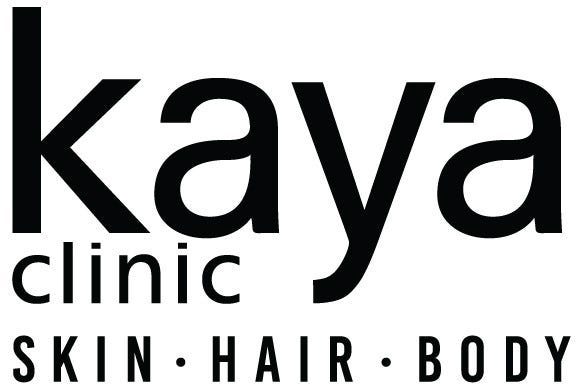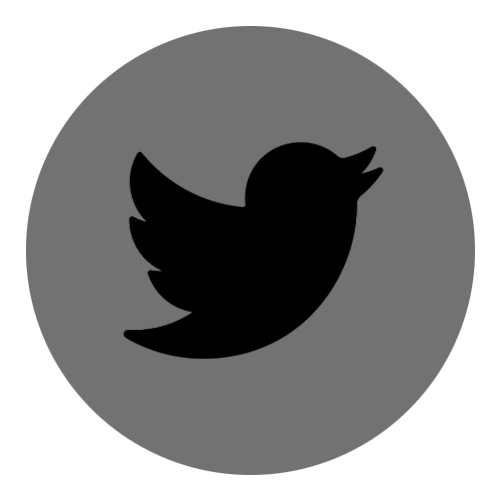Hair Loss Treatments | Forum
Kaya Skin Clinic Support Forum
Support Forum
Hair Loss Treatments | Forum
|
What is a hair transplant, and how does it work?
A hair transplant is a surgical procedure to restore hair in areas of thinning or baldness. Here’s how it works:
Hair transplants are most effective when performed by an experienced surgeon and are often combined with treatments like minoxidil or finasteride for optimal results. Consult a qualified professional to determine if you are a good candidate.
18 replies
0
|
|
Are there natural remedies effective for hair loss?
As a professional, here’s a concise guide to natural remedies that may help with hair loss:
While these natural remedies can support overall hair health and mild hair loss, their effectiveness varies from person to person. For significant or persistent hair loss, it’s crucial to consult a dermatologist for a comprehensive treatment plan.
18 replies
0
|
|
What is finasteride, and how does it treat hair loss?
Here’s a straightforward explanation of finasteride and how it works for hair loss:
Finasteride is most effective when used under the supervision of a healthcare professional. It’s often combined with other treatments like minoxidil for enhanced results.
18 replies
0
|
|
How does minoxidil work for hair loss?
Here’s a simple explanation of how minoxidil helps with hair loss:
For best results, use minoxidil as directed and consult a dermatologist if you have questions or concerns about your hair loss.
18 replies
0
|
|
What are the most effective treatments for hair loss?
As a professional, here is a concise guide to the most effective treatments for hair loss:
Always consult a qualified dermatologist or trichologist to determine the best course of action for your specific type of hair loss. Early intervention is key to achieving the best results.
18 replies
0
|
|
Can Hair Thread Treatment help with split ends or damaged hair?
As a professional, here’s a clear explanation of how Hair Thread Treatment relates to split ends and damaged hair:
For visible results on damaged hair or split ends, a holistic approach with complementary treatments is recommended. Consult your hair care professional for a tailored plan.
18 replies
0
|
|
Are there any risks associated with Hair Thread Treatment?
As a professional, here’s a breakdown of potential risks associated with Hair Thread Treatment:
It’s essential to choose a qualified and experienced professional to minimize these risks. Always discuss your concerns and medical history during the consultation to ensure the procedure is safe for you.
18 replies
0
|
|
What should I do to prepare for Hair Thread Treatment?
As a professional, here’s a concise guide to help you prepare for a Hair Thread Treatment:
These steps will help you achieve the best results from your Hair Thread Treatment. Always follow any additional pre-treatment instructions provided by your specialist.
18 replies
0
|




